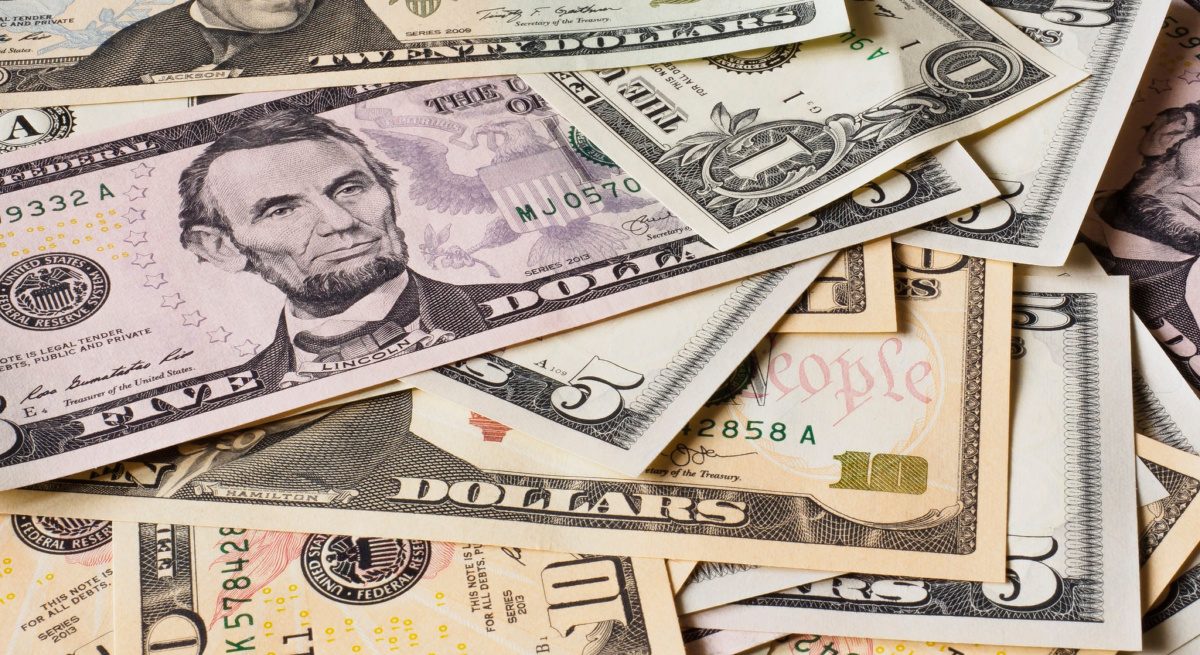Cash Will Still Be on QSR Menus
3 Min Read By Gordon McKie
Last year, one of the first brands to go cashless, Sweetgreen, changed its policy to accept cash at all its locations. The quick-service restaurant (QSR) started accepting cash after Amazon confirmed it would take cash payments in all of its previously cashless Amazon Go stores.
Although it’s true some restaurants might have done away with cash, some cities and states have banned cashless restaurants and stores because of discrimination against unbanked customers who rely on cash. According to Fiserv, one third of QSR customers choose to pay with cash, and more than half of them say they prefer using cash for all transactions less than $25.
To eliminate cash is to eliminate customer choice. As such, the cashless QSR is a concept that simply won’t work. Cash has its advantages, and with the right technology and processes, QSRs can improve their cash operations while allowing their customers to pay for purchases the good old-fashioned way: with money.
Customers Want Payment Options
Quick-service restaurants pride themselves on the ability to serve up fast, inexpensive casual meals to diners who don’t always have the time to cook. With close to 275,000 restaurant locations across the nation, the competition to attract diners is intense.
One way that QSRs compete is to allow consumers to use a variety of payment options. And while smartphones and mobile apps continue gaining traction, cash continues to be king – and refuses to be dethroned.
Declining cash payments comes at a cost to QSRs since they’re charged a fee each time credit cards are used instead. If a restaurant accepts, for instance, 1,000 $20 credit card payments daily and is assessed a two-percent transaction fee for each, it loses $400. Multiply $400 by 365 days, and the annual profit loss totals a whopping $146,000.
Paying with cash also enables face-to-face interaction between patrons and restaurant employees, a benefit that contactless payments lack. Nevertheless, counting cash manually has its drawbacks.
Manually Counting Cash is Costly, Inefficient
Counting cash by hand is time-consuming, prone to discrepancies and errors and takes away from customer-facing activities. In fact, Research from IHL Group shows cash handling can cost retailers from 4.7% to 15.3%. This includes counting drawers at the beginning of the day and during shift changes, making change requests and deposits and preparing cash-in-transit (CIT) pickups and deliveries.
Another challenge QSRs face is internal and external cash theft, which can be difficult to trace without the right technology and processes. A cashier, for instance, could accept cash from a customer, pretend to ring up the purchase and pocket the money later; or could ring up a portion of the sale and steal the remainder.
Despite the shortcomings associated with cash, restaurants are increasingly finding ways to more efficiently handle their cash and improve overall operations.
Appetite Strong for Cash Management Solutions
Many QSRs have invested in cash management technology to increase profits, reduce theft and save time. One such solution is a count-by-weight (CBW) cash handling machine, which give employees the ability to count an entire drawer in a minute or less and is as easy to use as a smartphone.
Cash counters integrate seamlessly into existing software and transfer data directly to the POS, enabling remote cash management from a central location or even the back office of a restaurant location. They automate counting cash, thereby freeing up staff for more value-added tasks such as cleaning, stocking, upselling and spending more time with customers.
Investing in CBW devices allowed one restaurant group with more than 80 QSR locations, for example, to save 30 minutes daily per cashier. This equaled a time savings per week of more than 500 hours – time that previously was eaten up by processing cash. By reducing the time to prepare and transfer cash-related data to the back office and by eliminating errors, the management team was enabled to make faster, data-informed decisions – such as change ordering and scheduling CIT suppliers. Further, it enjoyed a return on investment (ROI) of less than 15 weeks per machine.
Cash is Here to Stay
Some QSRs have dabbled with going cashless, but consumers are rebelling and lawmakers in some cities and states have made or are in the process of making non-acceptance of cash illegal.
And while consumers are using various payment methods, including credit cards, smartphones and mobile apps, they also want the right to pay with cash.
By investing in the right cash management solution, QSRs can easily accommodate cash payments and at the same time offer customers more choice and a better customer experience.


